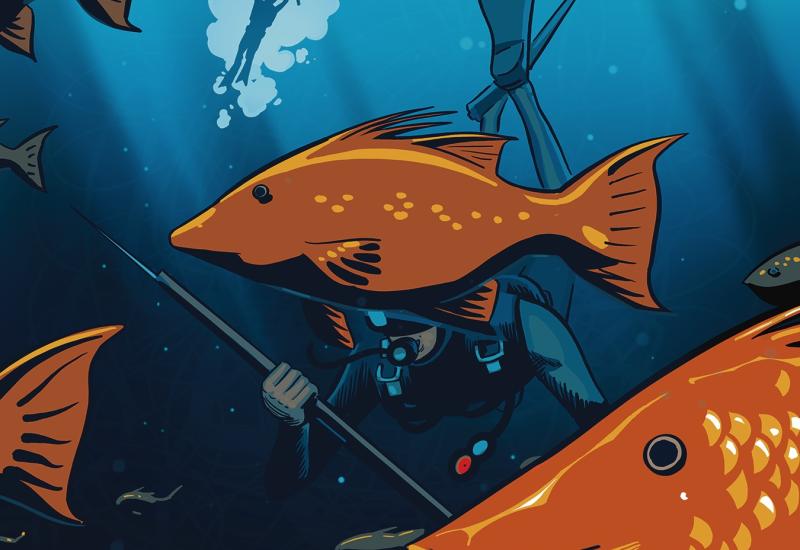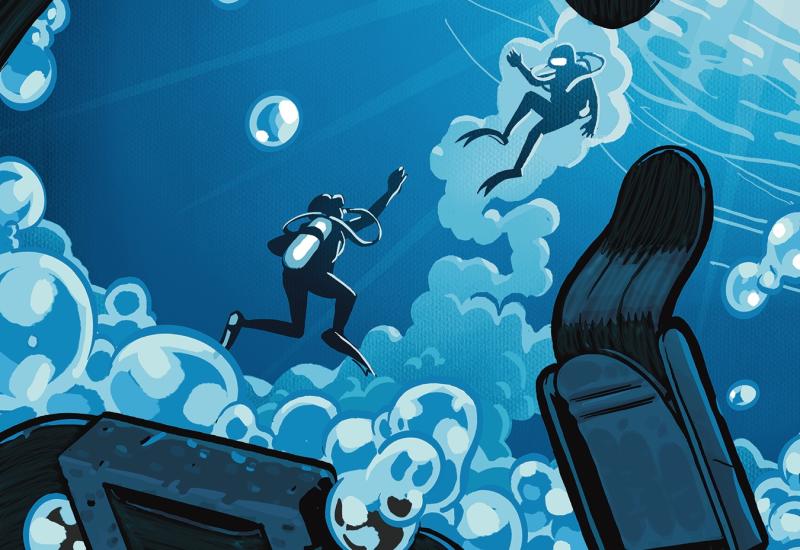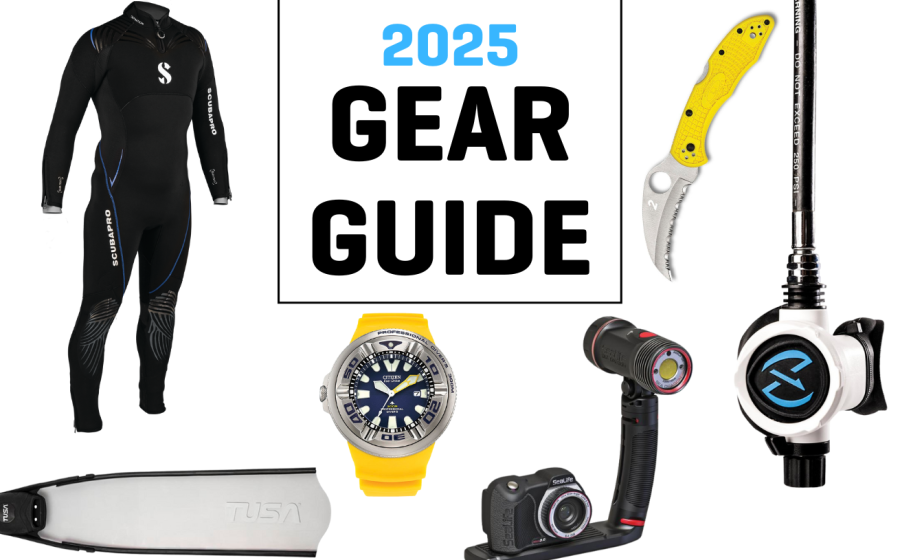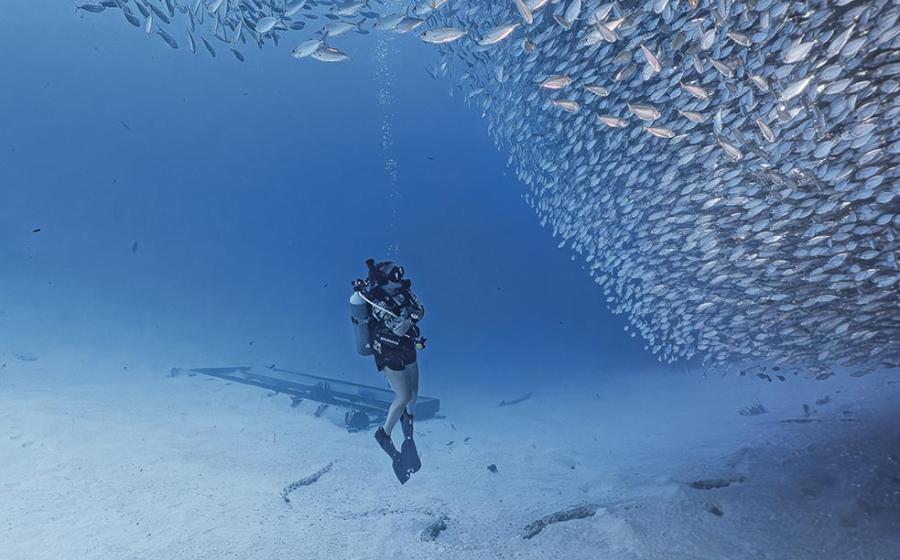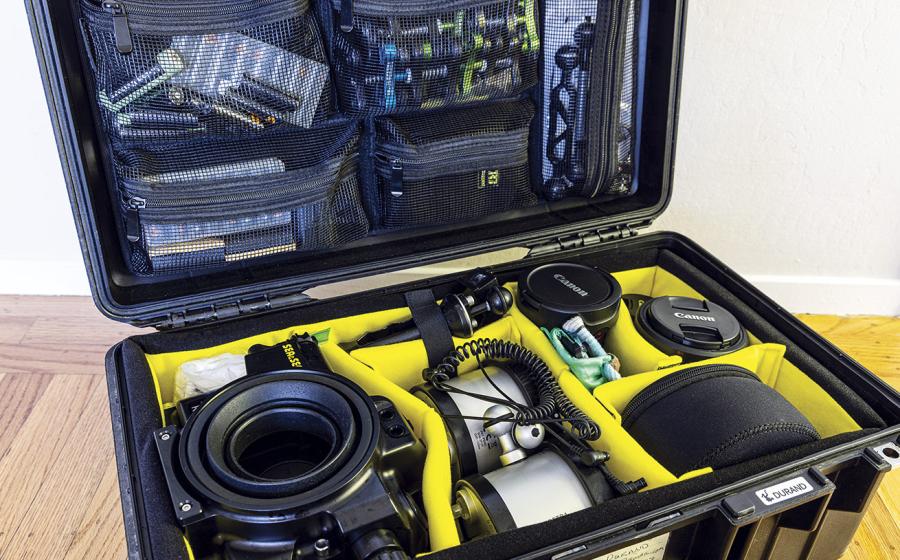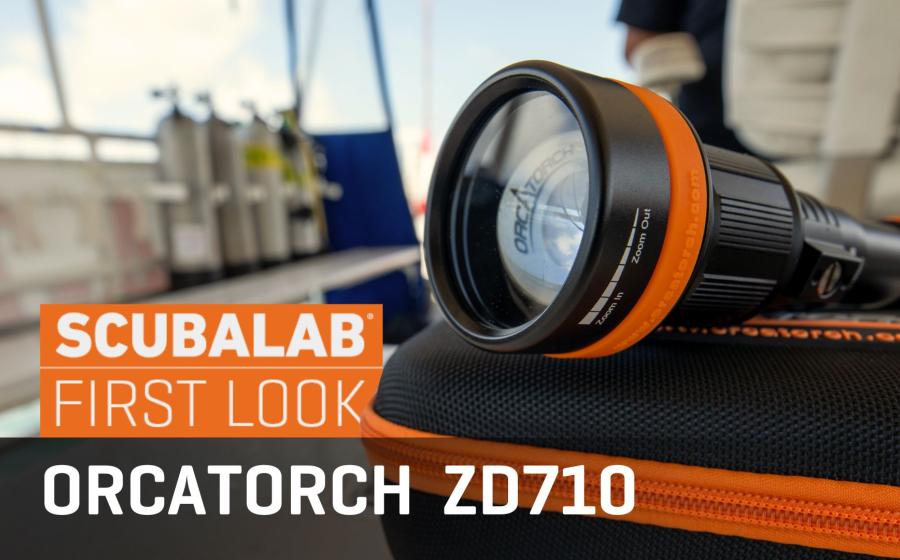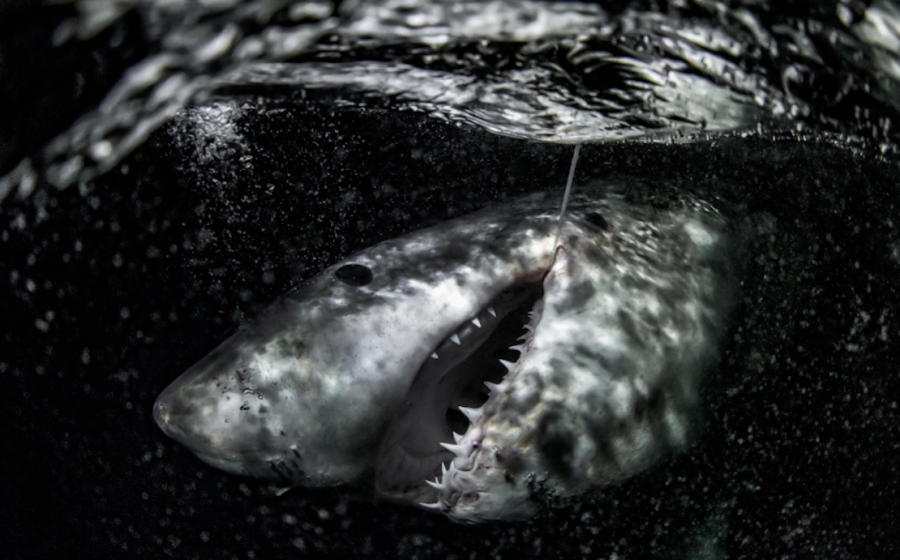The Dangers of Skipping Dive Protocol
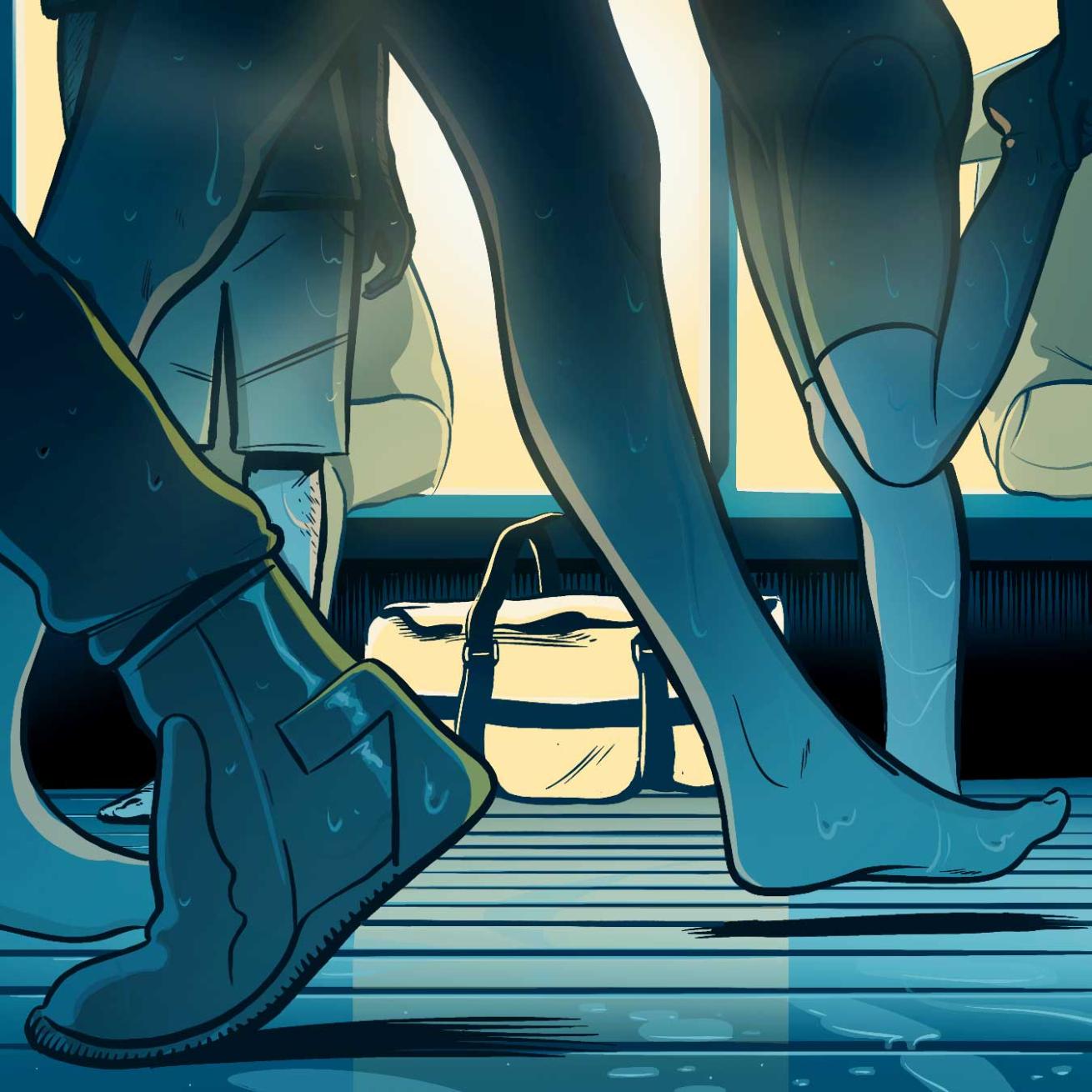
Illustration: Steven P. Hughes
For Caroline, diving the Southern California reefs never got old, especially on sunny and clear days like today. She was excited to be back on the boat with the plan to hunt for lobster, and her familiarity with the sites helped her determine which nooks and crannies they would be hiding in.
Caroline was a regular diver on the boat. She knew all the crew by name and they all treated her more like a friend and a fellow mate than a customer, which she loved.
At the end of her lobster-hunting dive, Caroline surfaced on her own and looked around, only to quickly realize the boat was nowhere in sight.
Related Reading: From Down Under to Worldwide: How One Aussie Dive Shop is Making Global Waves
The Diver
Caroline was a 45-year-old female. She was in good shape and made a couple of dives every few weeks throughout most of the year as weather allowed. She had been diving for a few years and felt comfortable in the water. She loved the thrill of hunting for lobster and catching her own food.
The Dive
The dive began with good conditions for lobster hunting. There was a light surface current and no more than 2-foot swells. The crew briefed the divers on the dive site, and the size and bag limits for lobsters, and then helped everyone into the water. The lobster hunters headed off by themselves so as not to interfere with each other. Additionally, it was hard to keep track of each other and focus on hunting at the same time. Caroline’s buddy last saw her about 15 feet underwater on their descent, and then they went their separate ways.
The Incident
The divers returned to the boat and the crew called roll to make sure everyone was on board. There was some confusion on board as photographers surfaced with their cameras and lobster divers measured their catch. Once that was done, the crew raised anchor and relocated to a different dive site a few miles away.
Caroline was not on board and was never seen again.
Stay Connected! Keep up to date with the latest in diving and underwater adventure. Join PADI Club today for access to exclusive events, dive meet ups and a subscription to Scuba Diving magazine.
Analysis
We have no idea what happened to Caroline. Her body was never recovered. Once someone noticed her gear bag and realized she wasn’t on board, authorities were notified, and a search was organized. A later investigation determined that four passenger names, including Caroline’s, were not on the passenger list for the day. In their familiarity with regulars, the boat crew failed to follow the boat’s established procedures and check each diver in and out of the water. The other three passengers not on the list made it back to the boat safely.
Every dive boat should have a procedure in place to record which divers are on board, in the water and returned. Some use special hang tags so the crew can quickly look and see who is on board. Others use a roll call system. Whichever system is used, and no matter how many times it is done, the boat crew should not deviate from it.
As a diver, make sure your name is on the list as well. Don’t have someone else answer roll call for you, and make sure the divemaster sees you when you answer. If you dive with an operation that has lax protocols for basic safety procedures, find another dive operation.
Related Reading: Where to Dive for the Most Value
The surface current and the light swells made it harder for the Coast Guard to find Caroline as well. The human head only rises a foot or so above the surface of the water. That’s why it is important to carry a safety kit including a surface marker buoy for visibility and a whistle or personal locator beacon to signal for help. Many divers also carry mirrors to catch the attention of searchers flying by.
Finally, if Caroline had stayed with her dive buddy, there is a greater likelihood that neither one of them would have been left behind.
Lessons for Life
Follow safety protocols: Skipping steps or taking things for granted is how divers and dive operations get in trouble.
Stay vigilant: Carry a surface marker buoy or other signaling device to aid in your rescue should you become separated from the boat.
Use the buddy system: Unless you are trained in solo diving techniques and are prepared to self-rescue in the event of a problem, stick with your dive buddy underwater and on the surface.



